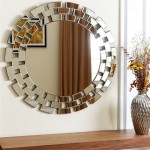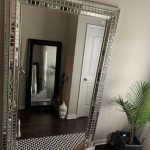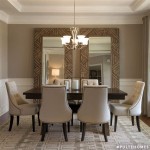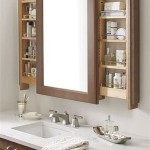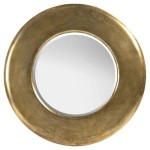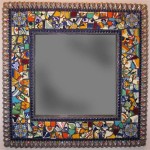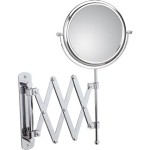Painting On A Mirror With Acrylics
Painting on a mirror with acrylics offers a unique way to create reflective and dimensional artwork. This technique transforms an ordinary mirror into a decorative piece, adding a personalized touch to home decor. Whether it's an intricate design or a simple pattern, acrylics provide a versatile medium for mirror painting.
Preparing the Mirror Surface
Proper surface preparation is crucial for successful acrylic adhesion. Cleaning the mirror thoroughly with a glass cleaner removes dirt, dust, and fingerprints that might interfere with the paint's ability to bond. After cleaning, it's recommended to lightly sand the areas to be painted with fine-grit sandpaper. This creates a slightly textured surface, promoting better paint adherence.
Choosing the Right Acrylic Paints
Not all acrylic paints are suitable for painting on glass. Opt for acrylic paints specifically designed for glass and tile or multi-surface acrylics. These formulations typically offer better adhesion and durability on non-porous surfaces like mirrors. Consider also the desired level of opacity. Opaque paints completely cover the reflective surface, while transparent or translucent paints allow some of the mirror's reflectivity to show through, creating interesting visual effects.
Applying the Acrylic Paint
When applying acrylic paint to a mirror, thin coats are generally preferred. Applying thick coats increases the risk of cracking or peeling. Use quality brushes appropriate for the design's details. For intricate designs, fine-tipped brushes offer precision. Allow each layer to dry completely before applying subsequent coats. This prevents the colors from mixing and ensures a smooth, even finish.
Sealing the Painted Design
Sealing the painted design protects the artwork and enhances its longevity. Once the acrylic paint is fully cured, a sealant designed for glass or acrylics can be applied. Follow the sealant manufacturer's instructions for application. Some sealants may require multiple coats. Sealing provides a protective barrier against moisture, scratches, and fading, ensuring the artwork's beauty endures.
Creating Designs and Patterns
The design possibilities for mirror painting are vast, ranging from simple geometric patterns to intricate floral motifs or abstract art. Sketching the design on paper first allows for adjustments and planning before applying paint to the mirror. Using stencils or painter's tape can help achieve clean lines and precise shapes. For intricate designs, consider using a projector to trace the pattern onto the mirror surface, providing a guide for painting.
Cleaning Painted Mirrors
Maintaining the painted mirror's appearance requires gentle cleaning. Avoid abrasive cleaners or scrubbing pads, as these can damage the painted surface. Instead, use a soft cloth dampened with a mild soap and water solution. For stubborn marks, a glass cleaner can be used sparingly, avoiding direct contact with the painted areas as much as possible.
Troubleshooting Common Issues
Occasionally, issues such as peeling or cracking may arise. This can often be attributed to inadequate surface preparation or applying excessively thick coats of paint. Ensuring the mirror is thoroughly cleaned and lightly sanded before painting, and applying thin, even coats, minimizes these risks. If peeling or cracking occurs, gently remove the affected paint, re-prepare the surface, and reapply the design.

Acrylic Painting On Mirror By Cristina Barretta Painted Art Ideas

Original Acrylic Mirror Painting Astronomical Artwork Hand Painted Eclipse Abstract Canvas Wall Art Pour

Mirror Painting Aesthetic Painted Art

Acrylic Painting Time Lapse On 3 Vintage Mirrors Colorbyfeliks

How To Paint A Mirror With Pictures Wikihow

How To Paint A Mirror With Pictures Wikihow

How To Paint Starry Night On Mirror With Acrylic

Acrylic Pour On A Mirror With Mixed Media Guy

Original Acrylic Mirror Painting God Of Freshwater Artwork Hand Painted Neptune Abstract Canvas Wall Art Pour

Painting On Mirrors An Easy Step By Guide

